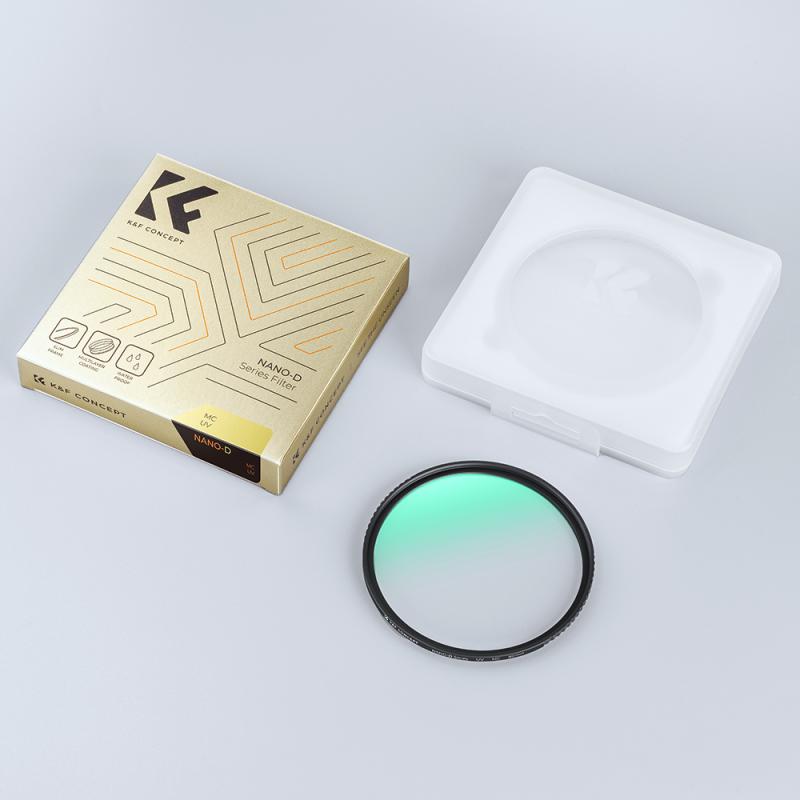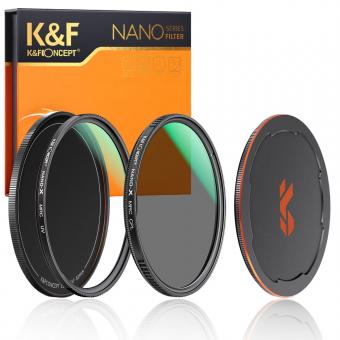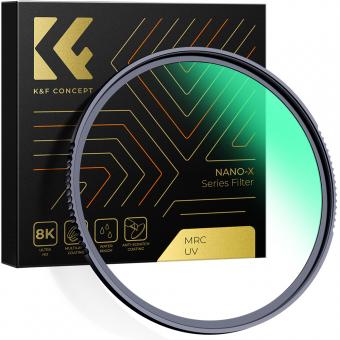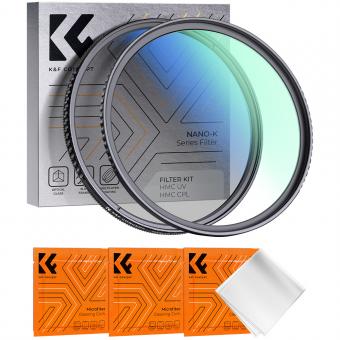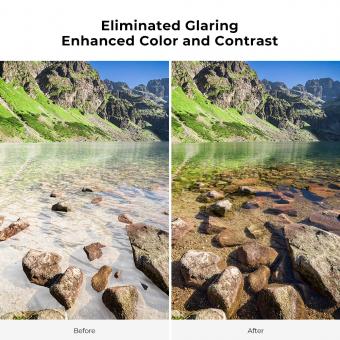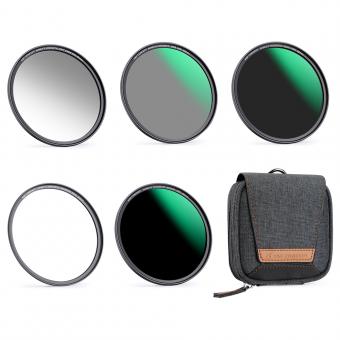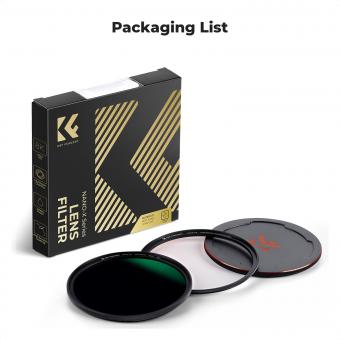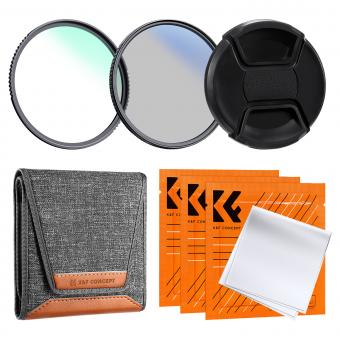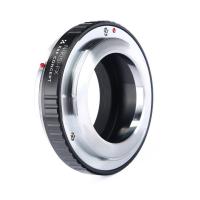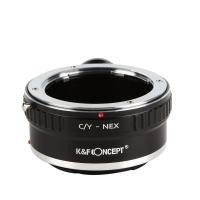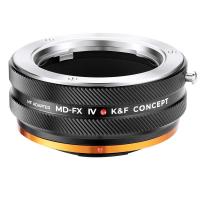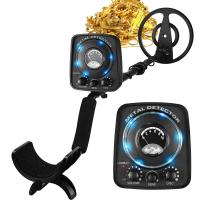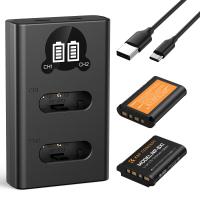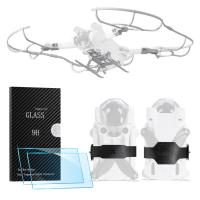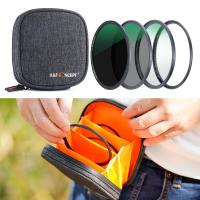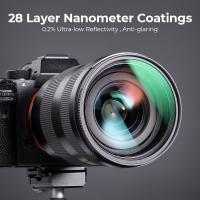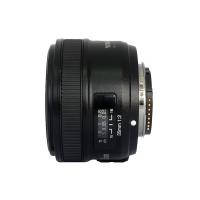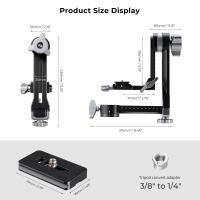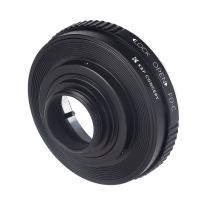What Is An Uv Filter ?
A UV filter, also known as a ultraviolet filter, is a transparent filter that is used in photography to block ultraviolet (UV) light from entering the camera lens. UV light can cause hazy and blurry images, as well as a bluish color cast. The filter is typically made of a special glass or resin material that absorbs or reflects UV rays, while allowing visible light to pass through unaffected. UV filters are commonly used in outdoor photography to improve image clarity and reduce the impact of atmospheric haze. Additionally, they can also provide protection for the camera lens against scratches, dust, and moisture.
1、 Definition and Purpose of UV Filters in Photography
An UV filter, also known as ultraviolet filter, is a transparent lens attachment used in photography to block ultraviolet (UV) light from entering the camera lens. UV light is invisible to the human eye but can cause a variety of issues in photography, such as hazy and washed-out images, reduced contrast, and an overall bluish tint.
The primary purpose of an UV filter is to reduce the amount of UV light that reaches the camera's sensor, resulting in clearer and sharper images. It acts as a barrier, absorbing or reflecting the UV rays before they can affect the image quality. UV filters are particularly useful in outdoor photography, where the sun's UV rays are more intense.
In addition to blocking UV light, these filters also serve as a protective layer for the camera lens. They act as a shield against dust, moisture, fingerprints, and scratches, preventing potential damage to the lens. This protective function is especially valuable in challenging environments, such as sandy beaches or dusty landscapes.
However, it is important to note that the necessity of UV filters in digital photography has been a topic of debate in recent years. Some argue that modern digital camera sensors are already equipped with UV filters, making additional UV filters redundant. Others believe that while digital sensors may have some UV filtering capabilities, using a dedicated UV filter can still provide added protection and improve image quality.
Ultimately, the decision to use an UV filter depends on personal preference and shooting conditions. Photographers should consider factors such as the camera model, lens quality, shooting environment, and desired image outcome before deciding whether to use an UV filter.

2、 Types of UV Filters and Their Features
An UV filter, also known as a ultraviolet filter, is a type of camera filter that is primarily used to block ultraviolet light from entering the camera lens. Ultraviolet light is invisible to the human eye but can cause hazy and blurry images, especially in outdoor photography.
UV filters are typically made of a special glass that absorbs ultraviolet rays, allowing only visible light to pass through. They are designed to reduce the effects of atmospheric haze and improve image clarity and sharpness. Additionally, UV filters also serve as a protective barrier for the camera lens, shielding it from scratches, dust, and moisture.
There are different types of UV filters available in the market, each with its own unique features. The most common types include:
1. Standard UV Filters: These filters are transparent and do not affect the color balance of the image. They are primarily used for protection purposes and to reduce the impact of UV light.
2. Multi-Coated UV Filters: These filters have multiple layers of anti-reflective coatings, which help to minimize lens flare and ghosting. They also provide better light transmission and image quality compared to standard UV filters.
3. Slim UV Filters: These filters have a thinner profile, making them ideal for use with wide-angle lenses. They reduce the chances of vignetting, where the corners of the image appear darker.
4. Water-Repellent UV Filters: These filters have a hydrophobic coating that repels water, making them suitable for shooting in wet or rainy conditions. They also make it easier to clean the filter surface.
In recent years, there has been a growing debate among photographers about the necessity of UV filters. Some argue that modern digital cameras already have built-in UV filters, making external UV filters redundant. However, others still prefer to use UV filters for their protective properties and to reduce the impact of UV light on image quality.
Ultimately, the decision to use a UV filter depends on personal preference and shooting conditions. It is important to consider the specific needs of each photographic situation and choose a UV filter accordingly.
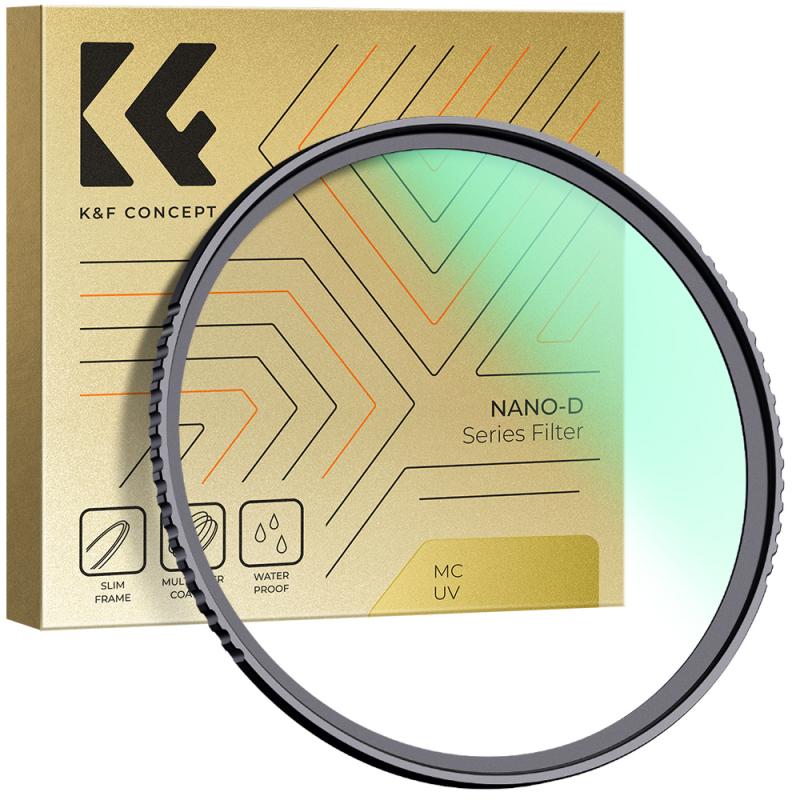
3、 Benefits and Limitations of Using UV Filters
An UV filter, also known as a ultraviolet filter, is a transparent lens attachment that is primarily used in photography to block ultraviolet (UV) light from entering the camera lens. UV filters are typically made of high-quality glass or resin and are designed to absorb or reflect UV rays, which can cause hazy and blurry images, especially in outdoor photography.
The main benefit of using a UV filter is to improve the overall image quality by reducing the effects of UV light. By blocking UV rays, the filter helps to eliminate the bluish cast that can appear in photographs, particularly in landscapes or high-altitude shots. Additionally, UV filters can provide protection for the camera lens itself, acting as a barrier against dust, moisture, and scratches.
However, it is important to note that the use of UV filters is a topic of debate among photographers. Some argue that modern digital cameras already have built-in UV filters, making the use of an additional filter unnecessary. Others believe that UV filters can degrade image quality by introducing lens flare, reducing contrast, or causing unwanted reflections.
Moreover, recent advancements in lens coatings and digital post-processing techniques have made the need for UV filters less significant. Many photographers now prefer to rely on software corrections to remove any unwanted effects caused by UV light.
In conclusion, while UV filters can provide benefits such as improved image quality and lens protection, their usage is subjective and depends on individual preferences and shooting conditions. It is essential for photographers to consider the specific requirements of their equipment and shooting environment before deciding whether to use a UV filter or rely on alternative methods.
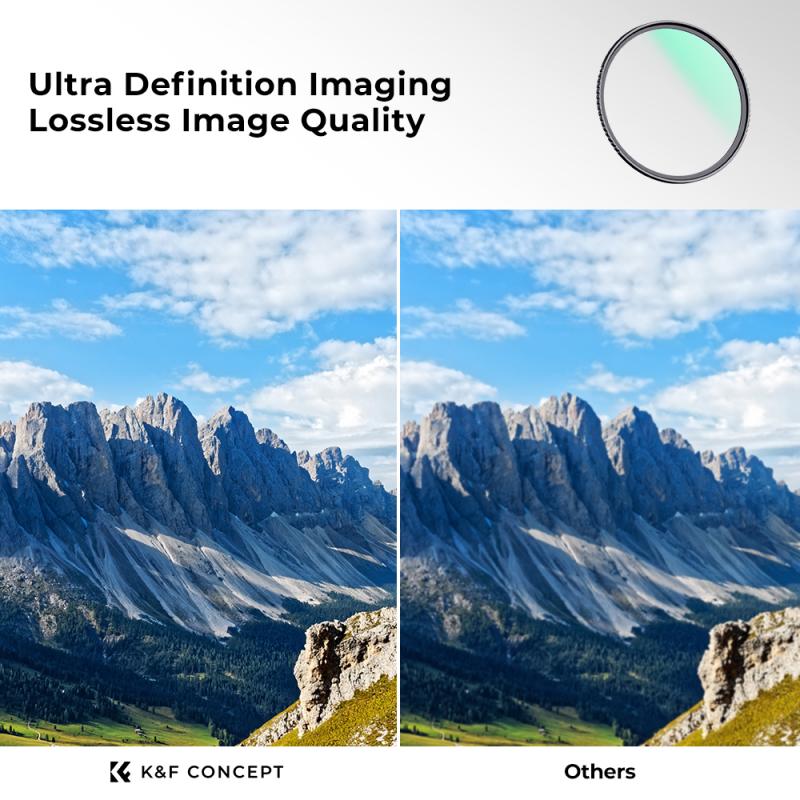
4、 How to Choose and Properly Use a UV Filter
A UV filter, also known as a ultraviolet filter, is a transparent lens accessory that is primarily used to block ultraviolet (UV) light from entering the camera lens. UV light can cause hazy and blurry images, as well as a bluish cast in photographs taken in high-altitude or coastal areas.
UV filters are typically made of high-quality glass or optical resin and are designed to absorb UV radiation without affecting the overall image quality. They are commonly used in photography to protect the camera lens from scratches, dust, and moisture. Additionally, they can serve as a sacrificial layer, taking the brunt of any potential damage instead of the lens itself.
When choosing a UV filter, it is important to consider the quality of the filter. Low-quality filters can introduce lens flare, reduce image sharpness, and cause color shifts. It is recommended to invest in a high-quality filter from a reputable brand to ensure optimal image quality.
To properly use a UV filter, it should be screwed onto the front of the camera lens. It is important to clean the filter regularly to maintain its effectiveness. However, it is worth noting that some photographers argue against using UV filters, claiming that modern digital cameras already have built-in UV filters and that adding an additional filter can potentially degrade image quality.
In recent years, the debate over the necessity of UV filters has intensified. With advancements in lens coatings and the ability of digital cameras to handle UV light, some photographers argue that UV filters are no longer essential. However, others still advocate for their use as a protective measure for the camera lens. Ultimately, the decision to use a UV filter depends on personal preference and shooting conditions.
